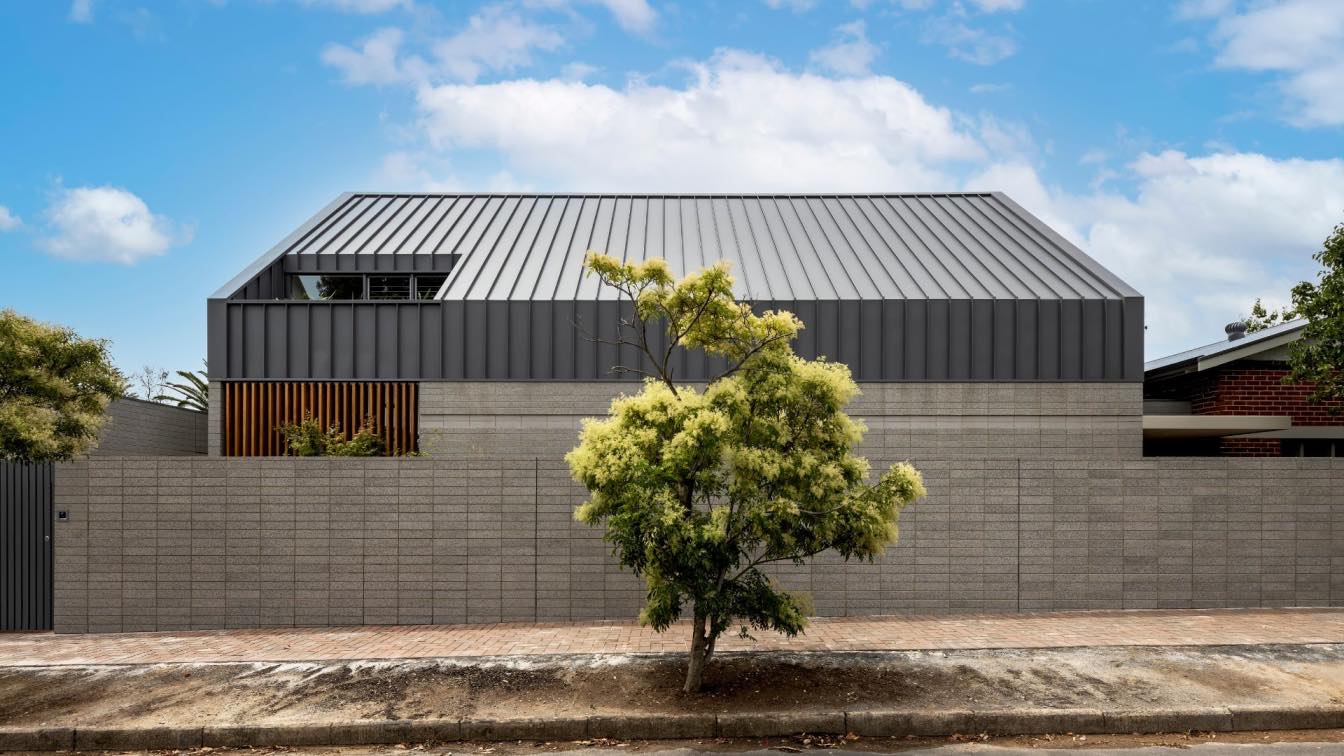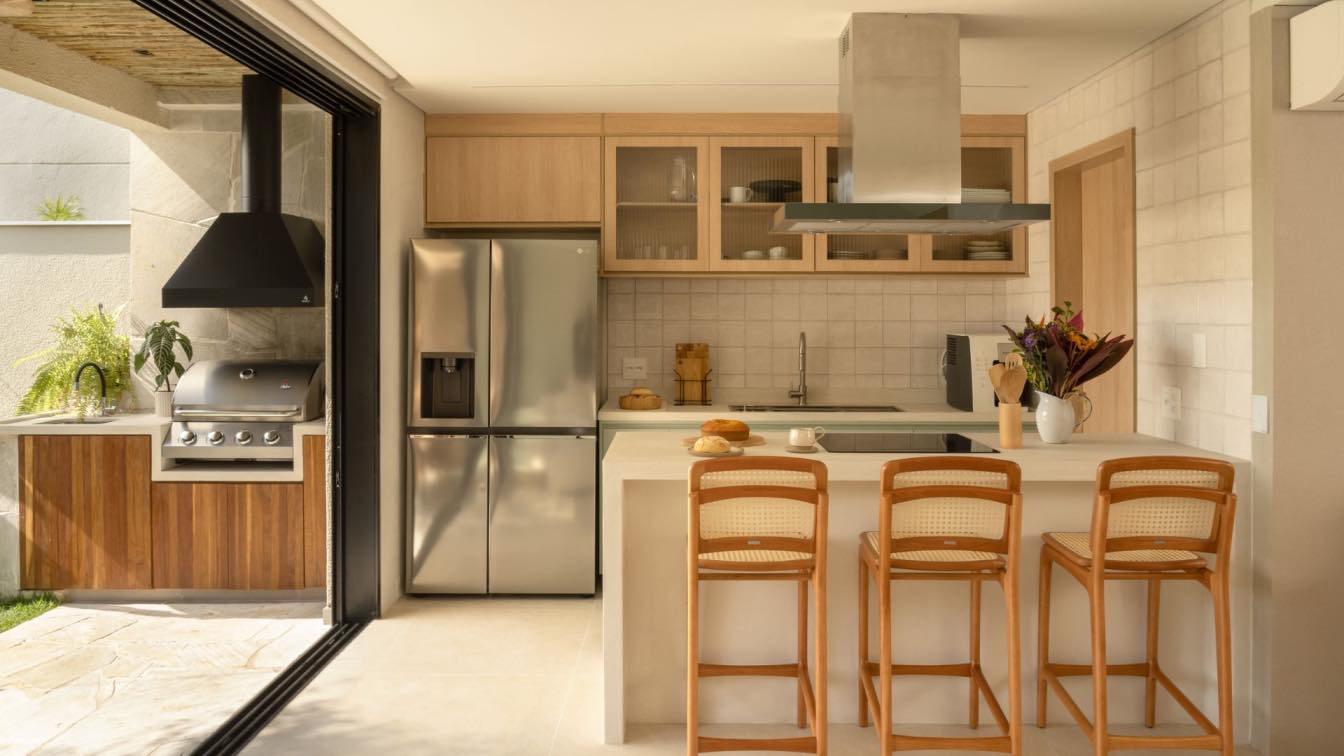First Light Studio: The brief chronicled a day at the crib: a morning coffee, lots of reading in the sun and then dinner at sunset, perhaps with fish caught that day. Their space needed to encourage visitors: couches and window seats that double as beds, and acoustics that will stand up to the grandkids’ sleeping schedules. The resultant design comprises two separate boxes whose offset creates an airy pavilion in-between which flows seamlessly from indoors to outdoors. Fences were specifically vetoed in order to see and commune with neighbours and passers-by. A salty bathroom provides the third entry for beach returnees. Full-height bi-folds open to either the northeast, southwest or both, connecting the sea and hills in any weather.
With some dedicated downtime on the horizon, the clients wanted to embrace the holiday destination of Karitane with a small, smart space to enjoy intergenerational family time in their little slice of paradise. At 110m², the footprint is deceptively small for its functionality. With the bunks tucked into their own nook and a pivoting wall that closes over the open wardrobe, the bedroom fully opens up to become part of the generous living room. As the programme changes over the course of the day, different spaces can be utilised and adapted, and increased with at-level outdoor spaces. At capacity, the house can sleep 14 people.
A strong relationship to the landscape has been created which not only fosters the bond between land and inhabitant, but which makes the actual “enclosed” areas feel an order of magnitude more spacious too. A degree of openness to the street was desired by the clients for greeting neighbours and members of the small friendly community. The low-profile, modest nature of the building sits respectfully within its neighbourhood context. Both views to the east and west are enjoyed while the effects of the climate (cool offshore wind and hot afternoon sun) are mitigated. Passive ventilation works very successfully by pulling air from one end / one side to the other. Roof water is collected and stored to boost limited town supply.
This house is for intergenerational living: it is people-focused (no TV) – and the new crib is not just designed for today but for generations to come.
















